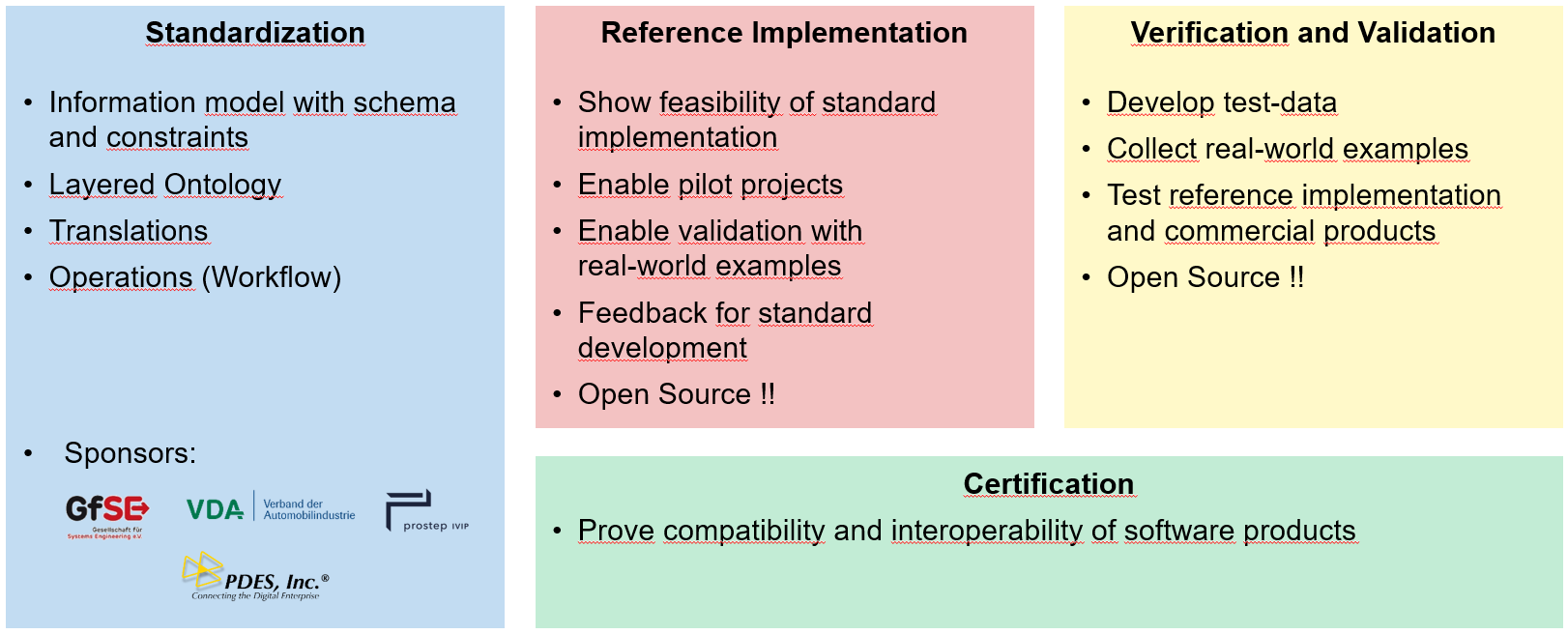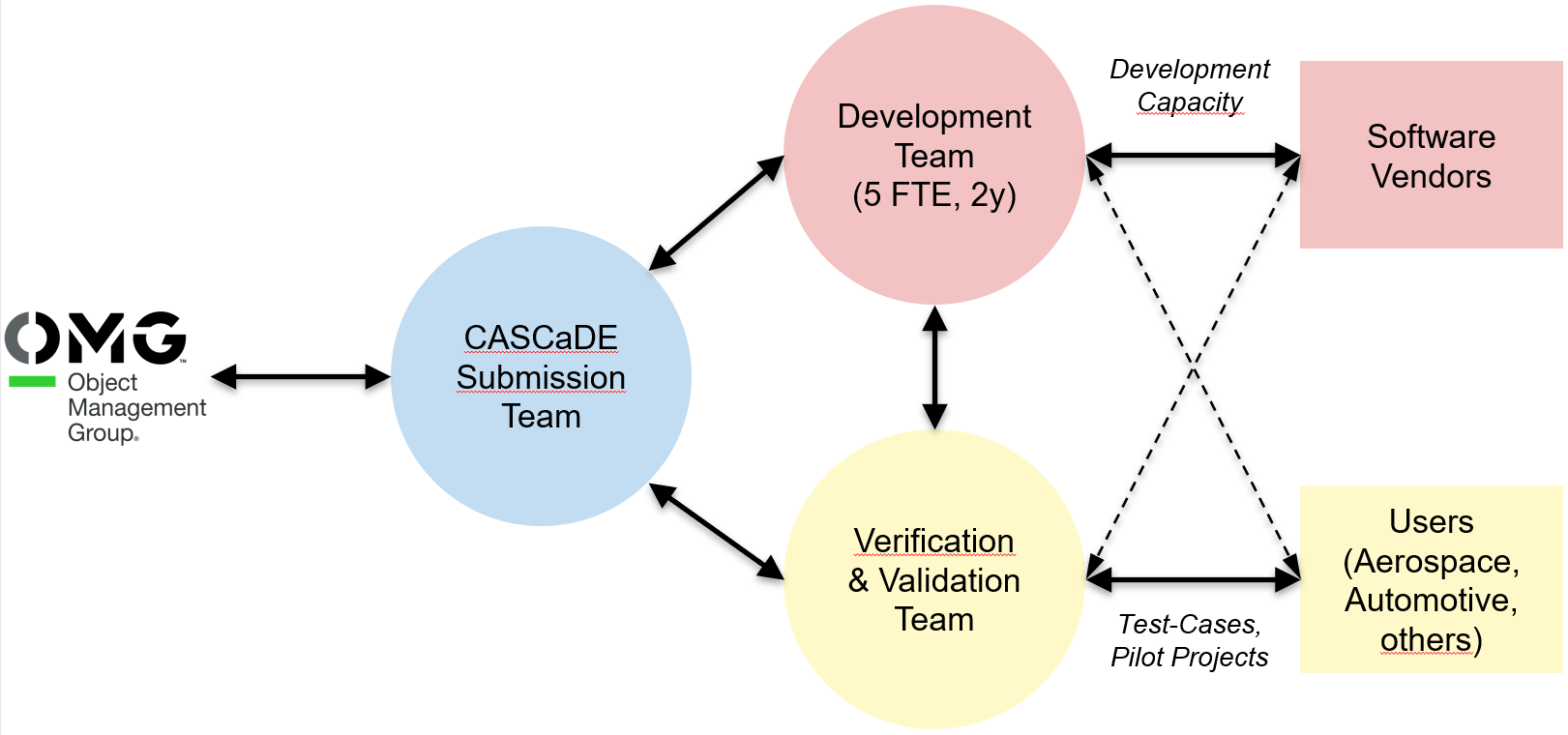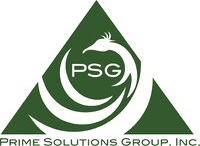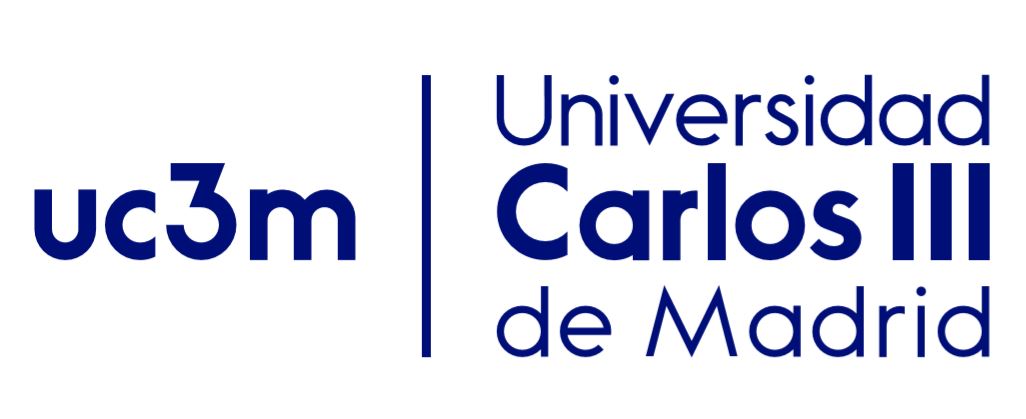Project
The project organization and the tasks to complete the standard plus verification & validation using a commonly developed reference implementation are currently in discussion. So the following setup is preliminary.
Focus Areas
Successful Standardization needs more than a Standard: A Reference Implementation plus Verification & Validation. Certification is needed later on once the standard is established and software products are developed and released.

Organization
The normative specification will be prepared by the Submission Team. To assure usefulness and quality of the standard, it is important that verification and validation (V&V) is done in parallel. A publicly available reference implementation is best suited for V&V.
It’s about collaboration, so let’s collaborate.

Proposal for agile project management:
| Subproject | Description | Responsibility |
|---|---|---|
| CASCaDE Metamodel | Development of schema and constraints ("syntax") as part of the standard | Submission Team (WP1) |
| CASCaDE Ontology | Development of terms/concepts ("semantics") as part of the standard | Submission Team (WP2) |
| CASCaDE Operations | Development of operations as part of the standard | Submission Team (WP3) |
| CASCaDE Transformations | Development of transformations as part of the standard | Submission Team (WP4) |
| CASCaDE Requirements Verification | Verificiation of the requirements as listed in the RFP | Submission Team (WP5) |
| CASCaDE Specification | Development of operations as part of the standard | Submission Team (WP6) |
| CASCaDE Reference Implementation | Reference implementation | Development Team |
| CASCaDE Verification and Validation | Verificiation and validation of the standard using the reference implementation | V&V Team |
Milestones
Third Draft (2025-01-21)
The milestones are matched with the schedule of the submission team to effectively verify and validate the upcoming standard in parallel to the submission. This reflects the current planning which shall be reviewed and reworked with the contributing project partners.
Milestone 2025-03
| Description | Responsibility |
|---|---|
| Submission Team |
Milestone 2025-06
| Description | Responsibility |
|---|---|
| Submission Team |
| Development Team |
Milestone 2025-09
| Description | Responsibility |
|---|---|
| Development Team |
| V&V Team |
| Submission Team |
Milestone 2025-12
| Description | Responsibility |
|---|---|
| Development Team |
| V&V Team |
| Submission Team |
Milestone 2026-03
| Description | Responsibility |
|---|---|
| Development Team |
| V&V Team |
| Submission Team |
Milestone 2026-06
| Description | Responsibility |
|---|---|
| Development Team |
| V&V Team |
| Submission Team |
Milestone 2026-09
| Description | Responsibility |
|---|---|
| Development Team |
| V&V Team |
| Submission Team |
Milestone 2026-12
| Description | Responsibility |
|---|---|
| Development Team |
| V&V Team |
| Submission Team |
Contributing Partners
The teams responsible for reference implementation resp. verification and validation are looking for funding. The work will begin, if a minimum capacity of 4 full-time-equivalent (FTE) team members are committed.
Organizations contributing to the effort will form a Product Owner Committee (POC) defining the priority of backlog items and reviewing the results per iteration (“sprint”).
| Organization | POC Member | Roles | 2025 | 2026 |
|---|---|---|---|---|
| enso managers GmbH, Berlin | Oskar v.Dungern | Product Owner, Software Architect | 0.4 FTE | 0.4 FTE |
| Prime Solutions Group, Inc., Goodyear AZ | John M.Alletto | Product Owner, Software Architect, Software Developer | tbd | tbd |
| SE-TREC GmbH, Bremen | Rüdiger Kaffenberger | Product Owner, Sponsor | 0.4 FTE | tbd |
| Knowledge Reuse Research Group, Department of Computer Science and Engineering, Carlos III University of Madrid | Jose María Alvarez Rodríguez | Product Owner, Software Architect, Software Developer | tbd | tbd |

Why Open Source ?
Join Forces for Quality and Speed
Publicly available reference implementation and test cases support standard quality and speed of adoption. Examples of successful collaborations are:
- The German Car Industry has built an ecosystem with a shared supply chain from the beginning. The sparking plug has been produced by Robert Bosch; the OEMs did not build it themselves.
- INSTA Elektro GmbH has been founded by competing GIRA, Jung and Berker to share the cost of electronics development (dimmers, timers etc.).
- All web-browsers (Firefox, Edge, Chrome, Safari, Opera and many others) use one of the open-source engines Gecko, WebKit or Blink. Opera and even Microsoft have abandoned their own browser engines in favor of an open-source product.
Why should software-vendors develop the standard core-features of CASCaDE independently by themselves? And why debug towards interoperability later on?
Benefits of an Open-Source “Community Edition”
| for Software Users | for Software Vendors |
|---|---|
|
|


